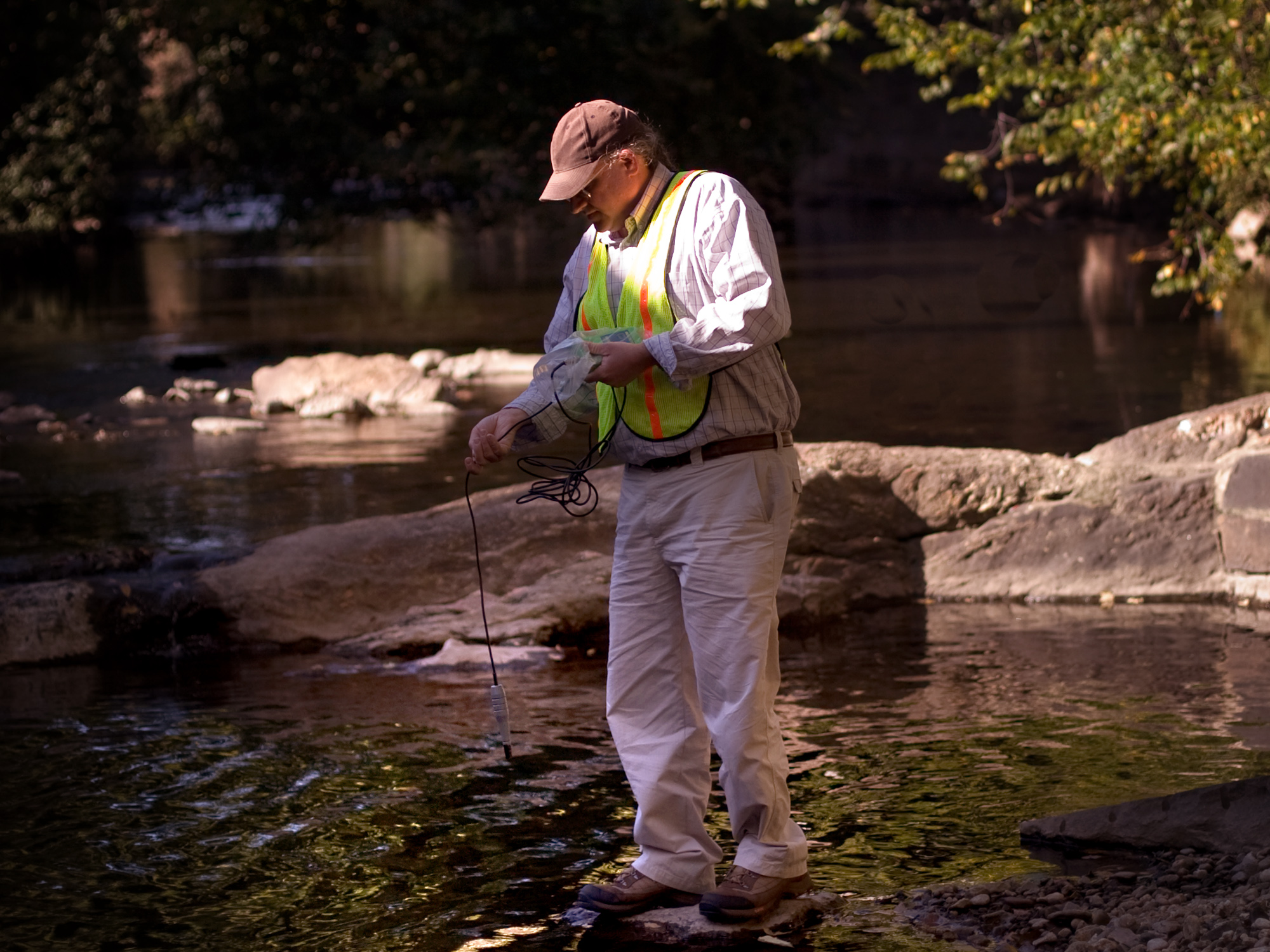
Significance: Let's start here, since the Jones Falls is so important.
The Jones Falls is one of a few waterways in the heart of Baltimore. Here's why those waterways are so important:
- Many people live in proximity to them and can benefit from clean, green areas for recreation and exercise.
- They contribute to local property values, for better or worse.
- They are habitat areas for wildlife in a sea of human habitation.
- The Jones Falls is the main tributary and contributor to the Inner Harbor, which is critical to the local economy and to Baltimore's tourism industry. So if we're going to clean up the harbor, we have to work on restoring the Jones Falls and its watershed.
History: It's A waterway inseparable from its city.
Follow our timeline to learn more about the importance of the Jones Falls through Baltimore's history.
Even before the founding of Baltimore, settlements that gave rise to the city (there was one called Jones' Town) centered around the mouth of the Jones Falls. Early depictions of the city show fishermen purse seining the Inner Harbor nearby. The Jones Falls would also have been a source of fresh water.
The city also ran the Jones Falls through a series of underground tunnels below the city and out into the Inner Harbor. Dedicated in 1915, the Jones Falls Conduit (three massive tunnels running from just north of Penn Station to the Inner Harbor at the site of the current National Aquarium) solved the downtown flooding problems and removed the polluted Jones Falls from view.
Baltimore made great improvements to the condition of the Jones Falls remaining above ground. The industrial pollution that came from streamside mills, tanneries and coal yards gradually abated, resulting in less toxic material entering the waterway.
The environmental movement of the 1970s gave rise to landmark legislation, such as the Clean Water Act, that mandated and enforced the maintenance of water quality above certain standards. This resulted in a great improvement in water quality in the Jones Falls and many other waterways.
There are many reasons to be positive about the future health of the Jones Falls. It harbors a surprisingly diverse array of fish and invertebrates and is also home to ducks, wading birds and other wildlife (though none are particularly sensitive to pollution). Many important water quality traits are in decent shape, and toxic pollution is normally low.
The work of dedicated organizations, such as the Jones Falls Watershed Association, the Friends of Stony Run and the newly organized Blue Water Baltimore, has greatly increased oversight and restoration of the Jones Falls and the Inner Harbor. In some parts of the Lower Jones Falls, public access has been facilitated via the Jones Falls Trail.
Considerable work remains to be done:
- The stormwater and sewage system is now more than 100 years old and has begun to degrade and fall into disrepair, and contamination with bacteria-laden sewage remains a major problem for the Jones Falls.
- The large amount of runoff and trash entering from the city's stormwater system remains a thorny problem for the Jones Falls ecosystem.

